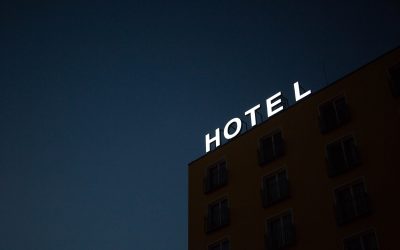In a condominium setting where owners typically live in close proximity to one another, it only takes one contrarian to disrupt an otherwise peaceful community. Fortunately, a cease and desist notice from legal counsel is often all that it takes to secure compliance. On rare occasion, however, judicial intervention may be the board’s only remaining, viable option to secure compliance. While it is always our preference to keep our clients out of the courtroom whenever possible, sometimes violation letters, fines, mediation, and even arbitration is not enough to secure compliance.
One of our condominium association clients was recently forced to confront that reality when a single unit owner in the community simply refused to abide by the community’s governing documents. The offending owner’s conduct included:
- Verbally harassing other residents and vendors;
- Interrupting board meetings and membership meetings;
- Posting inappropriate photographs throughout the community;
- Posting letters containing vulgar and inflammatory language throughout the community;
- Regularly speeding while driving in the community;
- Permitting unauthorized occupants to reside in his unit;
- Painting and “decorating” the common elements; and
- Pressure-washing “designs” or symbols into the common element walkways.
The board, having exhausted all other options, made the difficult (but appropriate) decision to seek judicial relief.
Emergency Relief:
Under the circumstances, however, this board did not have the luxury of waiting a year or more until trial before obtaining relief in the form of an order requiring the owner to stop his disruptive behavior. Given the need for timely intervention, our firm (on behalf of the association) filed an emergency motion for temporary injunction requesting that the court enter an order prohibiting this owner from engaging in the conduct outlined above during the course of the litigation.
Fortunately, following an evidentiary hearing, the court granted our client’s emergency motion. Unfortunately, however, the offending owner thereafter declined to comply with the court’s directives, which prompted contempt proceedings. Ultimately, due to his refusal to abide by the court’s order(s), this owner found himself incarcerated in Pinellas County Jail– not just once, but TWICE (more than twenty days in total) – before he decided to comply with the court’s order(s).
Trial:
At trial, Attorneys Adam Gurley and John Kimbrough presented various witnesses (vendors, board members and other residents) who testified regarding the owner’s ongoing, troublesome conduct. Counsel representing the owner thereafter presented his defense. At the conclusion of the trial, the court ruled in favor of our client on all counts. In addition, the court ruled that our client, as the prevailing party in the case, is entitled to an award of its attorneys’ fees and costs incurred in connection with the litigation.
Consider:
So, what can your board do to make sure your community is prepared to address an ongoing nuisance? First, it is important to take proactive steps to make sure your community is in a strong position to pursue enforcement in court, if necessary. Specifically, boards should periodically review their governing documents with the assistance of legal counsel to make sure the documents sufficiently address nuisance behavior. Also, upon receiving a complaint regarding a resident’s conduct, consider instructing the complaining party to submit their complaint in writing so that there is a record of the incident. As the board in the above-referenced case witnessed firsthand, those records may prove invaluable if the matter ends up in front of a judge.

Left to Right: John Kimbrough, Sheylla Felau, Adam Gurley





